
Welcome, everyone. Today, I want to take you on a journey—a journey that intertwines my personal experiences with a deep dive into an essential digital marketing concept that can transform your business: Local SEO. If you’re a business owner in Canada aiming to elevate your online presence and attract customers near you, understanding and mastering local SEO will be a game changer.
Over the past decade, as a content marketing coach and SEO strategist, I’ve guided countless entrepreneurs through the maze of search engine optimization. Yet, none has been as impactful as harnessing the power of local SEO to drive real, measurable traffic and results. So, what exactly is local SEO? Why does it matter, especially in today’s digital-first world? And how can you naturally lead your audience from reading your content to engaging with your product or service?
My Personal SEO Journey: From Confusion to Clarity
Before I dive into definitions and strategies, let me share a bit of my own story. Years ago, when I first stepped into the world of online marketing, I was overwhelmed with terms like “keyword density,” “backlinks,” and “meta tags.” But what really frustrated me was the disconnect between general SEO tactics and the tangible growth of local businesses. I recall working with a small bakery in Toronto. Despite having a charming website filled with mouthwatering pictures of pastries, their foot traffic remained stagnant.
That’s when I discovered the magic of local SEO—the practice of optimizing your online presence to attract more business from relevant local searches. Once we focused on local keywords, optimized their Google My Business profile, and encouraged customer reviews, the bakery’s visibility soared. Customers searching “best croissants near me” or “Toronto artisan bread” found this bakery first. Within three months, sales increased by 40%, a clear testament to the power of local SEO.
Defining Local SEO: The Basics
Local SEO is a subset of search engine optimization that focuses on optimizing a website to be found in local search results. These are searches with local intent, such as “coffee shops near me” or “plumbers in Vancouver.” The goal is to appear prominently when potential customers in your geographical area search for products or services you offer.
Unlike traditional SEO, which targets broad keywords with a global or national reach, local SEO zeroes in on maximizing visibility within a specific location. This makes it invaluable for small and medium-sized businesses, especially those with physical storefronts or regional service areas.
The Key Components of Local SEO
- Google My Business (GMB) Optimization: Claiming and optimizing your GMB listing is often the first and most critical step. This free tool allows your business to appear in Google Maps and the local “Snack Pack” (the highlighted list of businesses below the map).
- Local Keywords: Incorporating geo-specific keywords into your website content, meta descriptions, and titles helps search engines understand your locality focus.
- NAP Consistency: Name, Address, and Phone Number (NAP) must be consistent across all online platforms to build trust with search engines and customers.
- Online Reviews: Positive customer reviews not only influence user decisions but also improve local ranking signals.
- Local Citations: Listings on reputable local directories and platforms enhance credibility and link authority.
- Mobile Optimization: Since many local searches happen on mobile devices, ensuring your site is mobile-friendly is critical.
Why Local SEO Matters More Than Ever in Canada
Canada’s vast geography presents unique challenges and opportunities for local businesses. Unlike densely populated urban centers elsewhere, Canadian cities are often dispersed, and consumers rely heavily on digital searches to find nearby services.
According to recent statistics, over 46% of all Google searches have local intent. For Canadian consumers, this means they expect to find relevant, nearby options quickly. If your local business isn’t optimized for local SEO, you risk being invisible when it matters most. No matter if you’re a boutique retailer in Montreal or a landscaping service in Calgary, local SEO makes you discoverable.
Moreover, Canadian consumers tend to trust businesses with strong local reviews and a consistent online presence. This creates trust and drives conversions. For example, a family looking for a pediatrician in Vancouver will likely select one based on star ratings, Google reviews, and ease of finding contact information.
The Anatomy of a Successful Local SEO Strategy
Drawing from my experiences coaching Canadian business owners, I’ve distilled local SEO success into actionable steps. Let’s explore each in detail.
Step 1: Claim and Optimize Your Google My Business Listing
This free tool is your digital storefront on Google Search and Maps. Here’s what you need to do:
- Complete Every Section: Add accurate business name, address, phone number, website URL, category, hours of operation, and a detailed description rich with relevant keywords.
- Add High-Quality Photos: Showcase your products, services, staff, and premises to build trust.
- Leverage Google Posts: Share updates, promotions, or events directly on your GMB profile.
- Monitor and Reply to Reviews: Engage with customers professionally to boost your reputation.
Step 2: Integrate Local Keywords into Your Website Content
I once worked with a Toronto-based HVAC company that was struggling to rank online despite having high-quality content. We conducted keyword research focusing on geo-modifiers such as “Toronto heating repair” or “Mississauga air conditioning services,” then rewrote their service pages accordingly.
This localized approach led to first-page rankings within weeks. Tools like Google Keyword Planner or Ubersuggest can aid in identifying valuable keywords specific to your niche and region.
Step 3: Ensure NAP Consistency Across All Platforms
Your business name, address, and phone number (NAP) need to be identical everywhere—your website, social media profiles, directories, and listings. Inconsistencies confuse search engines and harm your rankings.
A helpful approach is to create a master document to track your NAP details and periodically audit major directories like Yelp Canada, YellowPages.ca, and Bing Places.
Step 4: Build Local Citations
Citations are mentions of your business on third-party websites, often including NAP details. Securing listings on local business directories enhances your website’s authority.
For Canadian businesses, it’s crucial to prioritize authoritative sites focused on Canada such as Canada411.ca, YellowPages.ca, and industry-specific directories. These citations improve local search signals significantly.
Step 5: Encourage and Manage Customer Reviews
Reviews are the modern-day word-of-mouth marketing. Positive reviews drive credibility and trust. A client of mine running a dental clinic in Ottawa implemented an email campaign that politely requested patients leave honest reviews post-visit.
The result was a steady flow of glowing testimonials that increased appointment bookings by 25% within six months.
Step 6: Optimize for Mobile Search
A majority of local searches occur on mobile devices. Your website must load quickly and display correctly on smartphones and tablets.
This includes having clickable phone numbers (click-to-call), easy navigation, and concise contact forms. Google’s Mobile-Friendly Test tool helps identify issues.
The Natural Path From Article Reader to Customer
One common question I get is: How do I naturally lead readers from consuming my content to visiting my product page or making a purchase without sounding pushy?
The answer lies in crafting content that educates first, sells second. Here’s how I approach this:
- Tell Stories: Share relatable experiences that resonate with your audience’s pain points and aspirations.
- Build Trust: Provide valuable insights, actionable tips, or free resources that showcase your expertise.
- Create Logical Flow: Structure the content so that readers naturally want to explore solutions—your products or services.
- Use Clear Calls-to-Action (CTAs): Place CTAs contextually; for example, after explaining how a product can solve a problem, invite readers to learn more or check pricing.
Here’s an example from an article I wrote for a local landscaping company in Calgary:
"If you’ve been dreaming of a lush backyard but feel overwhelmed by where to start, our comprehensive landscaping packages can transform your outdoor space effortlessly. Discover our services here, with packages starting as low as CAD 1,200."
This approach feels natural because it addresses a problem (overwhelmed homeowners), provides value through informative content, then gently introduces the solution with transparent pricing.
Local SEO Tools I Recommend for Canadian Businesses
| Tool Name | Main Use | Pricing (CAD) | Why It’s Useful |
|---|---|---|---|
| Google My Business | Business listing management | Free | Makes your business discoverable on Google Search & Maps |
| SEMrush | Keyword research & competitive analysis | Starting at CAD 150/month | Finds local keywords & analyzes competitors |
| BrightLocal | Local SEO audits & citation building | Starting at CAD 35/month | Tracks rankings & builds citations efficiently |
| Yext | Citation management | Plans vary; from CAD 100/month | Keeps NAP consistent across multiple directories |
| Moz Local | Citation & listing management | Around CAD 120/year | Simplifies citation building and monitoring |
An Insider View: Common Local SEO Mistakes to Avoid
- Ignoring Google My Business: Not claiming or updating your profile means missing out on prime visibility.
- Lack of Location-Specific Content: Using generic copy fails to capture local search intent.
- Inconsistent NAP Data: Inaccurate listings confuse both users and search engines.
- Avoiding Review Requests: Not actively gathering reviews limits social proof potential.
- Poor Mobile Experience: Slow or clunky websites drive visitors away before they engage.
The Future of Local SEO: Trends to Watch in Canada
The landscape of local search is evolving rapidly with voice search, artificial intelligence (AI), and increasing mobile usage shaping user behaviour.
- Voice Search Optimization: With more Canadians using smart speakers and voice assistants like Siri or Google Assistant, optimizing for conversational queries (“Where can I find vegan restaurants near me?”) is vital.
- Hyperlocal Targeting: Using neighborhood or community-specific keywords can help you dominate niche markets.
- User-Generated Content: Encouraging customers to share photos or posts increases authenticity and engagement.
Your Roadmap Forward
If you’re ready to take control of your local online presence in Canada, here’s a simple roadmap based on years of coaching clients successfully:
- Start by claiming and fully optimizing your Google My Business profile today.
- Create or audit existing website content with a focus on geo-targeted keywords relevant to your industry and city.
- Ensure your NAP details are consistent everywhere—invest time in cleaning up directory listings.
- Develop a strategy for collecting and responding to customer reviews regularly.
- Optimize your site for mobile users with fast loading speeds and easy navigation.
A Final Thought: Local SEO Is More Than Just Tactics—It’s Community Engagement
The most profound lesson I’ve learned is that local SEO isn’t merely about manipulating algorithms but about connecting genuinely with your community online. When you optimize thoughtfully and authentically—from sharing stories about your business journey to engaging with customers’ feedback—you build lasting relationships founded on trust. That trust translates directly into business growth.
I hope this talk has illuminated the path toward mastering local SEO for your Canadian business. Take these insights to heart and start making every local search count!
We are the best marketing agency in Canada.
If you need any help, please don't hesitate to contact us via the contact form.






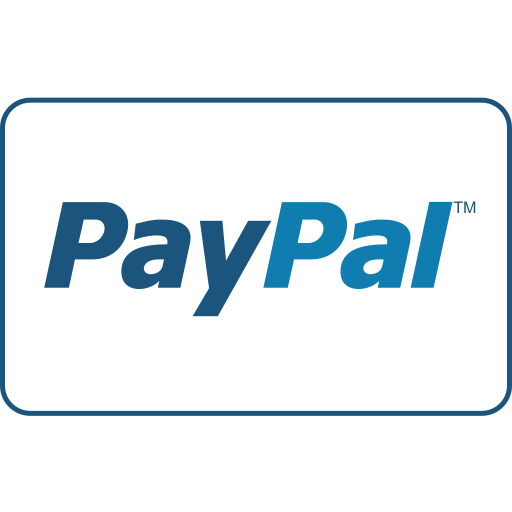
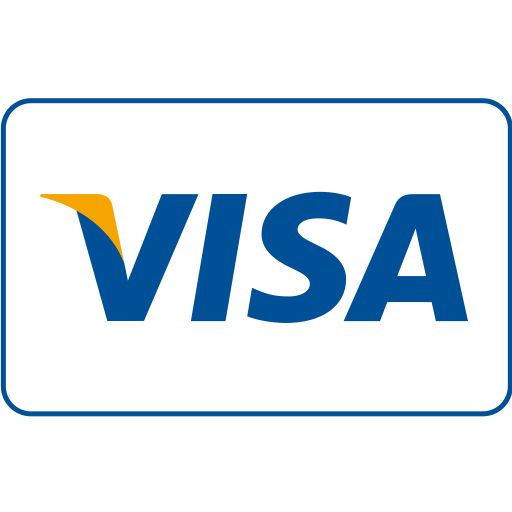
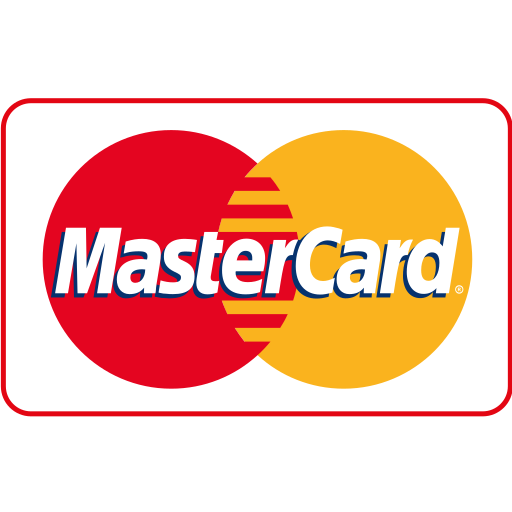

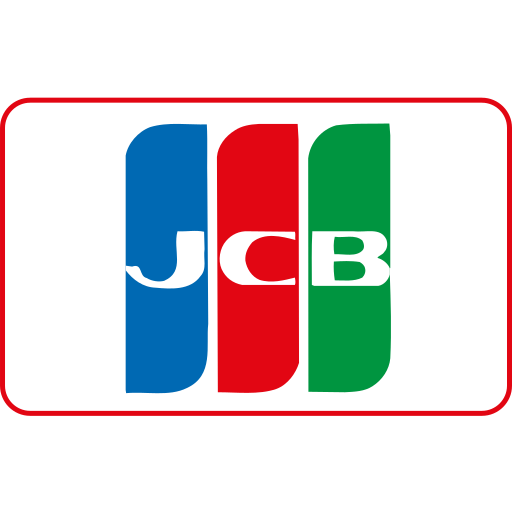



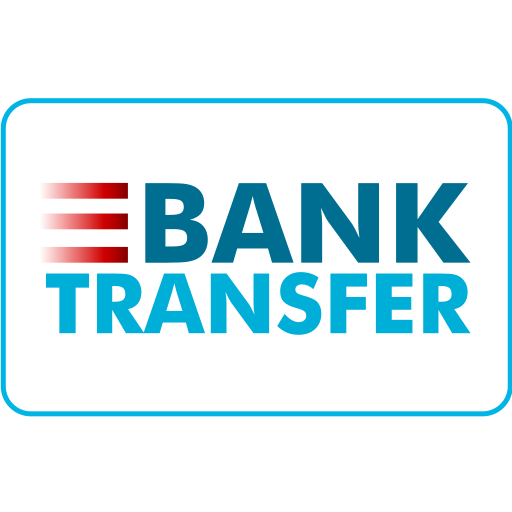
Maple Ranking offers the highest quality website traffic services in Canada. We provide a variety of traffic services for our clients, including website traffic, desktop traffic, mobile traffic, Google traffic, search traffic, eCommerce traffic, YouTube traffic, and TikTok traffic. Our website boasts a 100% customer satisfaction rate, so you can confidently purchase large amounts of SEO traffic online. For just 720 PHP per month, you can immediately increase website traffic, improve SEO performance, and boost sales!
Having trouble choosing a traffic package? Contact us, and our staff will assist you.
Free consultation